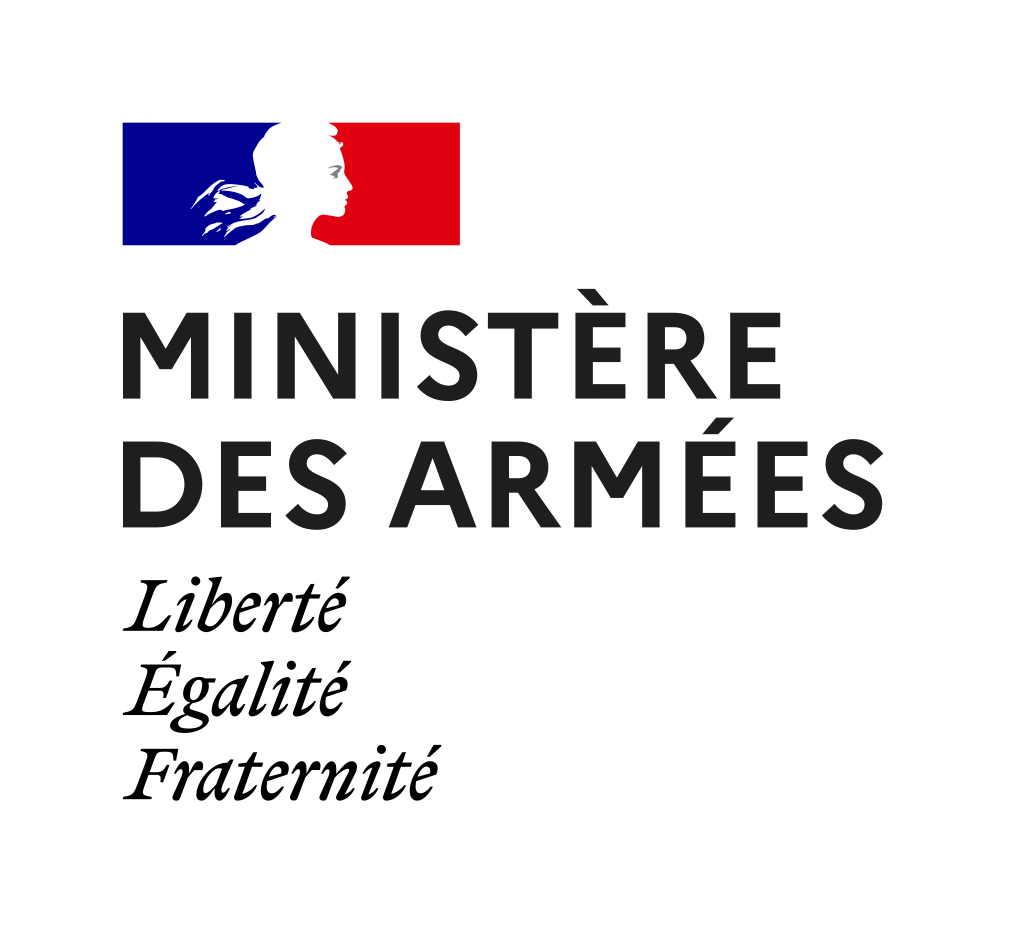THE CHALLENGES
ENERGY DATA PROTECTION
Challenge #1 – Energy Data Protection | Level 1 : Data Heroes
Try to locate French state data centers using open data energy data.
Create the map of sites found, interesting buildings or even energy supply links.
Challenge #2 – Energy Data Protection | Level 2 : Data Commando
Put yourself in the shoes of a person whose objective is to harm the activities of the French Ministry of Defence. Show ingenuity to try to extract the most sensitive energy data (e.g. nature of a site’s activity, existence of operational activity…). Datasets will be provided to you in addition to those accessible on the web (free access articles etc.).

The jury will value teams’ method and creativity to reach advanced analyses – innovative methods, derived from fundamental research, algorithms or data cross-referencing –.




The risk of data breach and misuse is a central concern, both in the private and public sphere. The development of connected energy systems, and the massive online publication of data can be source of vulnerabilities for the Ministry.




The results of the Hackathon will contribute to advance the thinking on the control of energy data and its value chain. Actions may be taken to protect the identified vulnerable data and ensure the security of vital activities.
ENERGY EFFICIENCY
Challenge #3 – ‘Pareto AI’ Naval Battle
Using satellite image data, develop the best energy-efficient, resource-constrained ship counting algorithm.




The jury will highlight the best solutions based on a trade-off between computational performance (counting accuracy) and the hardware resources used (computation time, CPU and GPU core utilization). The non-dominated solutions will be positioned on a Pareto front used to rank the teams. The objective is to join this front and outperform other teams’ contributions.




A cross-cutting subject of great interest in both civil and military fields, which is part of the design of autonomous and resilient systems. A great deal of academic and industrial effort is currently being made to embed automatic processing tasks (AI, OR) on platforms constrained in computing power and energy (e.g. satellites, drones, autonomous vehicles, submarines…).




Solutions may contribute, during mission prepration phase, to reaching the best configuration of a system or to adapting it to new environmental constraints (e.g. a change of altitude for a drone requiring saving energy).
transport STRATEGY
Challenge #4 – Carbon Footprint Algorithm
Develop an algorithm for estimating the carbon footprint of light vehicles from the Ministry of Defence.
Based on provided data, establish an analysis of uses – primarily predictive -, according to vehicles types and models, taking theoretical vs real carbon footprint into account, using a carbon footprint estimation algorithm.




Your mission is to highlight uses, ranking them by importance (significant impacts). Determine the under-use or over-use of vehicles with associated carbon footprint (depending on different areas of analysis, collectively and collaboratively shared).
Eventually, identify levers to reduce carbon footprint, mainly by a comparative approach based on past, current and estimated datas.




This challenge deals with the major topic of reducing transort’s carbon footprint, which requires a change in user behaviour and a better knowledge of the carbon impact’s decision-making chain.




Solutions will help support the change process for the fleet of light vehicles of the Ministry of Defence. They may help better empower individuals to act and reduce faster the carbon footprint of its transport function. They will support decision-making for the benefit of all actors of the function. Doing so, they will constitute decision-making aid for the benefit of all actors.


